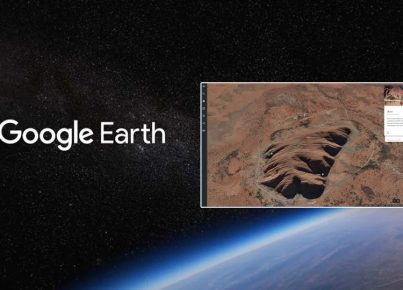Introduction
Living Geography is an evolving concept in the world of geographical studies and education that integrates dynamic learning experiences with everyday life. It seeks to encourage learners to recognize the connection between their immediate environment and global geography. This article delves into the origin, objectives, and potential benefits of embracing Living Geography in modern-day education.
Origin of Living Geography
The term “Living Geography” was coined by British geographer Margaret Roberts, who aimed to capture the essence of geography as a living subject relevant to our daily lives. Roberts envisioned geography lessons that would not only impart knowledge but also fuel curiosity about the surrounding environment. This approach allows learners to develop a deeper appreciation for their local community and understand how broader geographical issues affect them.
Objectives of Living Geography
1. Foster Curiosity and Inquiry: The primary goal of Living Geography is to stimulate curiosity in students about their immediate surroundings and worldwide phenomena. Students are encouraged to ask questions, explore the environment, gather data, and draw conclusions, ultimately developing essential critical thinking skills.
2. Connect Local and Global Perspectives: By relating local scenarios to global issues, Living Geography helps students discern patterns linking various parts of the world. This understanding deepens their appreciation for international challenges like climate change, economic disparities, and migration.
3. Encourage Active Learning: Living Geography moves away from traditional textbook learning methods and instead promotes active participation through field trips, mapping exercises, experiments, interviews, or even virtual tours.
4. Develop Spatial Thinking: Spatial thinking is the ability to visualize the arrangement of objects in space and understand the relationships between them. Integrating maps, GIS tools, 3D modeling software, or sketches within the curriculum helps students grasp abstract concepts more easily.
5. Empower Future Decision-makers: By nurturing informed citizens who understand global geographic principles and patterns, as well as local consequences, Living Geography lays a strong foundation for making responsible decisions in the adult world.
Benefits of Implementing Living Geography
1. Greater Student Engagement: Interactive teaching methods, real-world observations, and relevant topics capture students’ interest more effectively than passive lectures and textbook-driven studies.
2. Improved Critical Thinking Skills: Challenging students to seek answers on their own inspires them to develop valuable cognitive skills needed for problem-solving and decision-making in the future.
3. Enhanced Environmental Awareness: With a keen grasp of geography’s influence on daily life, students are more likely to become environmentally conscious citizens and make informed choices about resource use and preservation.
4. Stronger Global Citizenship Values: Drawing connections between local communities and far-off corners of the globe fosters empathy and respect for diverse cultures, paving the way for responsible global citizenship.
Conclusion
Living Geography presents an opportunity to reshape how geographical studies are taught in classrooms around the world, by making it more engaging, relevant, and applicable to our everyday lives. This dynamic approach helps equip students with valuable skills like critical thinking, spatial awareness, and environmental stewardship that will serve them well into adulthood and promote responsible global citizenship. The power of Living Geography may very well lie in its potential to redefine our understanding of geography as a living subject – one that illuminates the world we live in today and tomorrow.





